
Applying fresh radical applications to indigenous craft traditions sit at the core of Head of State
Quality and quantity might just be what Singapore needs to be in with the rest of the cool kids in the international fashion arena. Just what kind of quality and quantity are we looking for here? Lucinda Law ‘talk shop’ with some of Singapore’s fashion stalwarts and decide on how Singapore can have it all
A surreptitious makeover is taking place in the fashion industry in the last ten years. While Singapore has certainly touted itself as a shopper’s paradise, more savvy shoppers are turning their heels away from the rapid rise of homogenous shopping malls housing run-of-the-mill high street brands. A new generation of Singapore business owners, artists, designers and visionaries – shoppers – are filling the supply that they have demanded. A more diverse shopping experience made up of concept stores or shopping venues away from the malls, with an increasing range of local design-led fashion products with a focus on quality is upon us.
The hunt for quality amidst the massproduced goods readily found in Singapore gave rise to a number of bespoke services and artisan brands. With almost 25 years of experience in the fashion scene, Kevin Seah, Director of Kevin Seah Bespoke, says he is “targeting men with discerning taste who appreciates quality and well-made products.”
Carolyn Kan, Founder and Designer of Carrie K. Artisan Jewellery, is toeing the front line for quality in Singapore. The former Managing Director of M&C Saatchi started her jewellery line in July 2009 and in 2011, launched KEEPERS, an artisan showcase bringing together independent designers, artists and artisans, and lends these brands more visibility. Kan says, “I see a greater appreciation of artisan craftsmanship and bespoke design. I’ve also noticed a growing pool of people who value quality over quantity. So we started KEEPERS to give people an opportunity to learn more from the artisans and independent designers behind the work”. And they come from a range of fashion products, namely bespoke shoes, timepieces and hats.
A more robust fashion economy certainly calls for a more diverse range of fashion products, and as confidence in the industry grows, more cult brands emerge. One such designer is Chee Sau Fen, Founder & Designer, Heads of State Millinery. Chee is a self-taught designer who has worked for more than fifteen years in the visual arts and events industries before starting her own millinery label. It is quite curious to observe that the media release includes a footnote explaining that ‘millinery refers to the art of hat-making’. A consideration on Chee’s part, perhaps due to fact that a local brand dealing in millinery is largely unheard of. Her beautiful sculptural head pieces are made from traditional handloom abaca fabric of the Daraghuyan Community of the Bukidnon Tribe in Philippines and they are each hand-draped and sewn by Chee.

The three driving forces behind label Mystic Vintage were brought together by their passion for eyewear
Highly-coverted, never-been-done before, hip and made from utmost quality, brands like Heads of State check all the boxes for the new emerging Singapore labels. Likewise, Mystic Vintage Eyewear, is just one of the brands that understands cool eyewear is part of the complete head-to-toe assemblage in fashion. Mystic Vintage was started in 2008 by Alvin Tan, Jason Tong and San Yin Mei, the three veterans in the design and creative industry were brought together by their passion for eyewear.
A bespectacled, Alvin Tan, who is also part of PHUNK, a famous Singapore art collective, says, “Mystic Vintage is very focused on design and the theme revolving around it. Each model is inspired by a different theme, for eg, Music, Aviation, Magic, etc, and its design relates to that. What’s unique about each design is that the frames have different quotes engraved on the arms of the eyewear, it could be lyrics from a song or a quote from a movie, something that might bring a sense of familiarity to the person wearing it.” Their obsession for details and quality has garnered them a sizeable following and helped raise the bar for cult labels in Singapore and their presence overseas.
Tan adds, “There’s a heightened interest in creating locally and also more awareness for supporting local labels. The market in Singapore is small so many brands might find themselves having to explore foreign markets. We think the fashion industry will grow regionally, creatively and gain international awareness.” Because Singapore is a little red dot, she is immensely conscious of the need to reach out to an international audience, but first, some local attention never hurts and is imperative for the makeover to take place. There has been a longstanding sentiment about the lack of support for local products, but all this is beginning to change.

Ling Wu’s python skin handbags and clutches are all ethically sourced.
Goh Ling Ling, founder and designer of LingWu bags, a lecturer in Fashion at Lasalle College of the Arts and a veteran of the Singapore fashion scene says, “In the last 10 years, I’ve seen such a dramatic increase of designers developing their own creations; not just fashion but visual artists and designers, jewellery, textile, etc. But for a long time designers in Singapore were having a pretty hard time getting acceptance from people here, and Singaporeans like to compare the local with the international, which can be unfair at times.”
So the time has finally come to do away with the naysayers. Instead, a more enthusiastic and ‘pret-ta-support’ attitude fans the industry.
Samuel Wong, Creative Director of evenodd, a young menswear label says, “Singaporeans now support and buy local designers and is proud of it. There is a significant growth for ‘made in Singapore’ fashion. The media attention and customers patronage have increased.” Wong’s edgy and youthful menswear label is a testament to the confidence among young start-up brands, with a good measure of business sense thrown in.
There is an unprecedented rise of independent fashion labels. Some freshly out of school, but those with prior experience in the creative industry are helming the fashion industry.
The message is loud and clear: We are doing it ourselves and we are doing it our own way.
Mash-Up, an independent street-wear label is just one of the brands that is echoing this zeitgeist. Daniel Monasterios Tan, Nathanael Ng and Shaf Amis’aabudin says, “we design for ourselves and because we are always changing it means our brand is always changing and growing. Everything about our brand is about promoting the D.I.Y. Spirit and mashing together different elements of the world around us with stories/cultures from the past to create a new visual language through fashion design.”
The D.I.Y and entrepreneurial spirit is palpable across the country. Tan says, “the very fact that a non-corporate and niche label like us exists in Singapore will hopefully inspire and encourage other brands/designers to make their own ideas come alive, no matter how whacky.”
Look around and you can begin to see that it is certainly taking place. “It feels like everybody in our generation is starting something of their own and it feels like the whole world is connected and supporting each other”, says Tan.
Singapore’s fashion is gaining traction. Fast. Tan says, “currently it’s an ‘act local, think global’ scene for fashion and small cult labels.” Goh also notes, “I think creative Singaporeans now feel they are competing on an international stage. You can see this across all creative industries – fashion, art, music and design. This is partly due to various government support initiatives, and partly because there are some really prominent Singaporeans out there – Andrew Gn, Ashley Isham, Ethan K, Phunk Studio, Tham Khai Meng. This helps build a sense of pride and responsibility in the industry and the next generation of creative thinkers.”

Carrie K’s aptly titled ‘A beautiful mess splat Necklace & Spill Cuff ’
A new level of playing field has been created and Alvin Tan notes, “with more fashion and trade shows coming into the country in recent years, local fashion brands are exposed to a growing number of international press, media, buyers and consumers”. This influx of interest is working in favour for everyone, as quality gets better and the quantity of diverse fashion products increases.
You can witness this progression yearly at Blueprint. A four-day fashion trade and consumer event organised by the Blueprint Group, a joint venture between the Textile and Fashion Federation of Singapore, MP Singapore and Mercury Marketing and Communications to catapult emerging talents to international prominence. All in order to help these brands grow their export market.
Tracy Phillips, Project Director of Blueprint Tradeshow and Emporium, says, “as Asia’s fashion gateway, we want to feature the best of Asian fashion design talent, including a good mix of emerging talents to be discovered, as well as established brands looking to grow their distribution, all together under one roof ”. Besides Blueprint, there are also events namely, the Asia Fashion Summit conference, Audi Star Creation competition and Audi fashion week to engage the fashion community.
A rise of such events are great opportunities for labels to showcase their works and certainly help foster a bigger, better and stronger community.
Lasalle College of the Arts is also one to recognize this need as it launched the Asian Fashion Graduate Showcase 2013 (AF/GS) in May to showcase its fashion graduates’ work from across Asia. Nur Hidayah. A. Bakar, Dean, Faculty of Design at LASALLE College of the Arts, says, “the objective of AFGS is to develop a network linking fashion schools in Asia. I would like AFGS to be the official platform for these institutions to discuss and exchange ideas on what could be the next phase of the fashion industry in the region”.
So as Singapore continues to get creative in whether launching new malls, new fashion labels or showcases, the industry is making strides in creating a myriad of artisan-quality fashion products, meaningful showcases and hopefully exploring further developments of new market segments, thus moving the scene ahead, fashion forward each time.
Lucinda Law lectures, writes and creates art installations inspired by music, fashion, literature, arts, design, spirituality and travel.







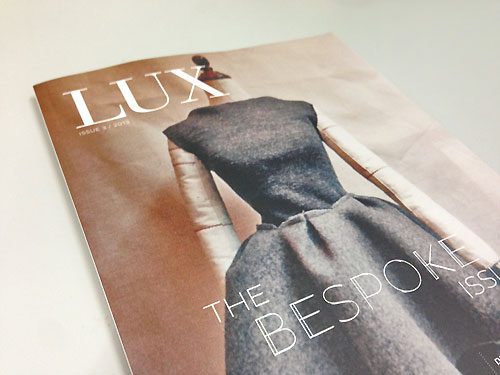

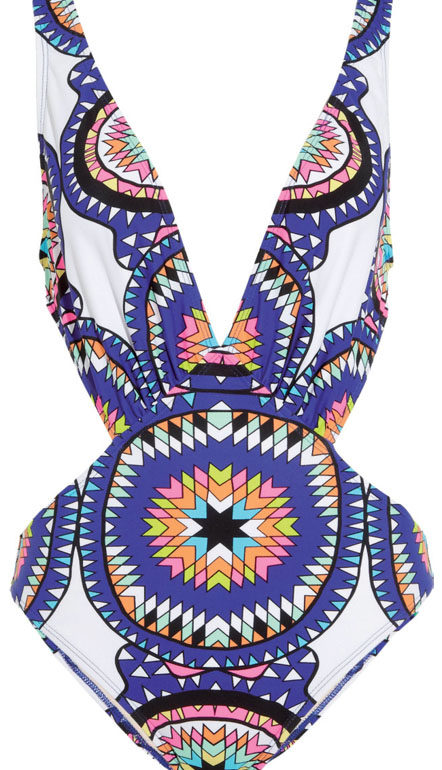

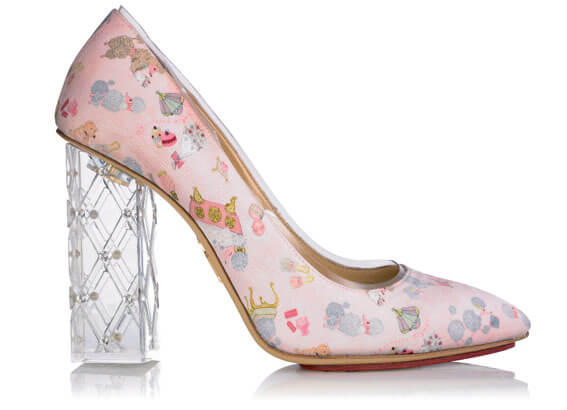
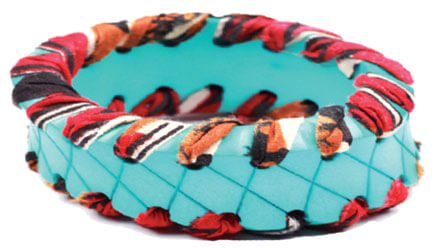
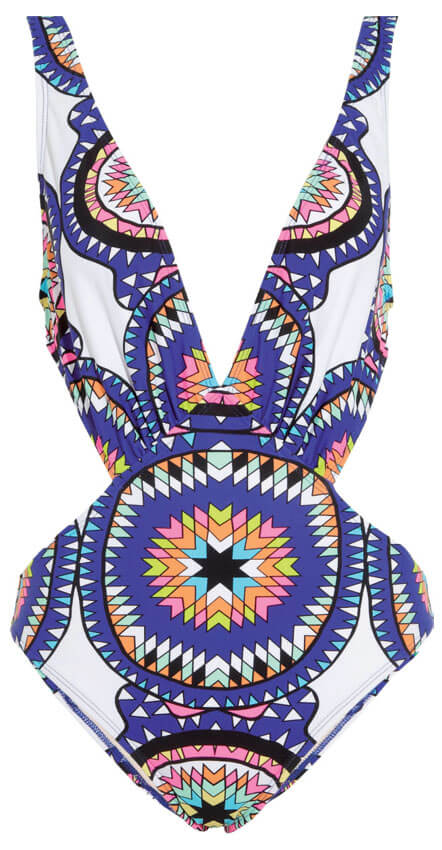


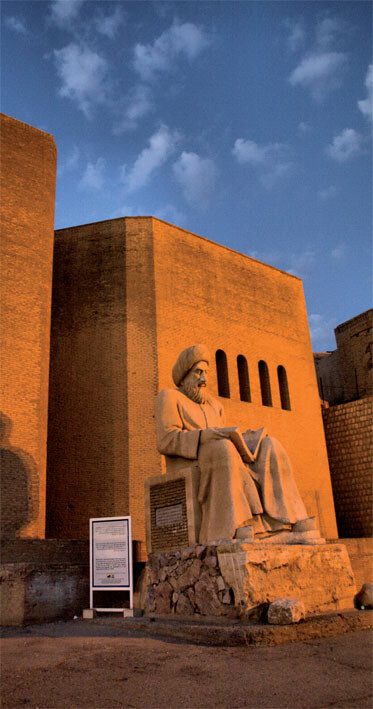
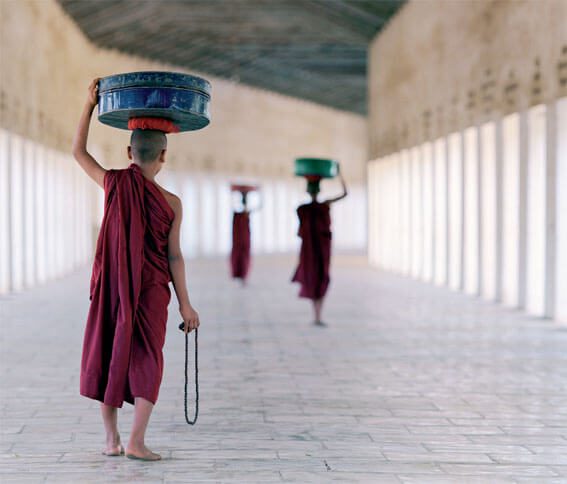

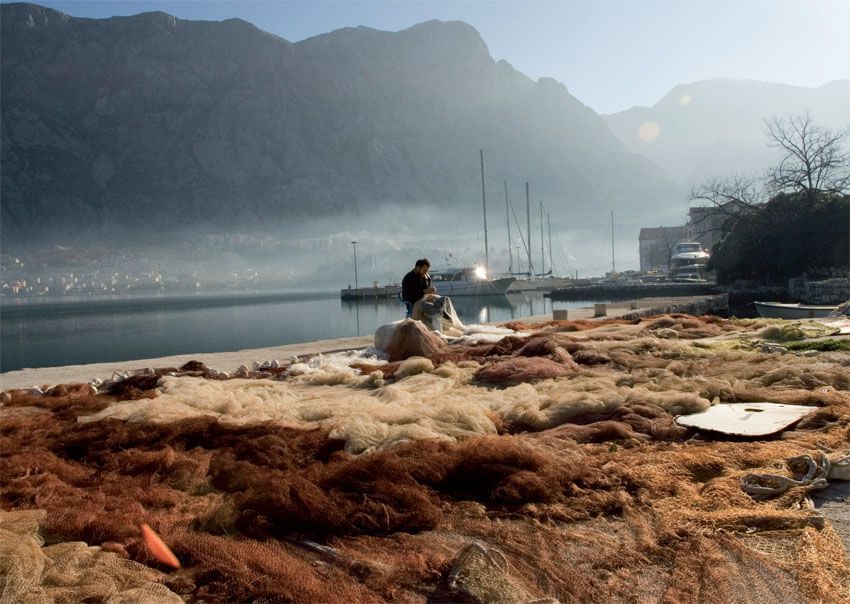
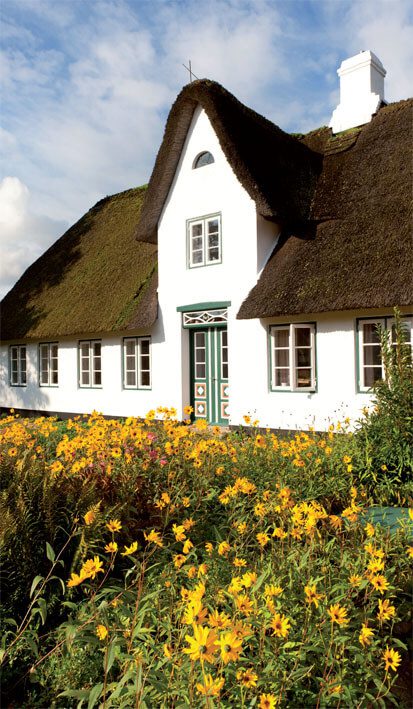
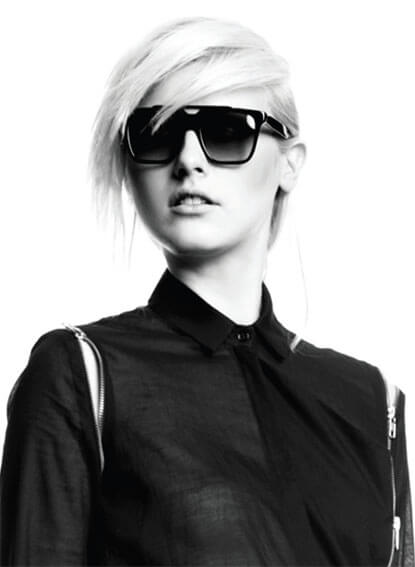




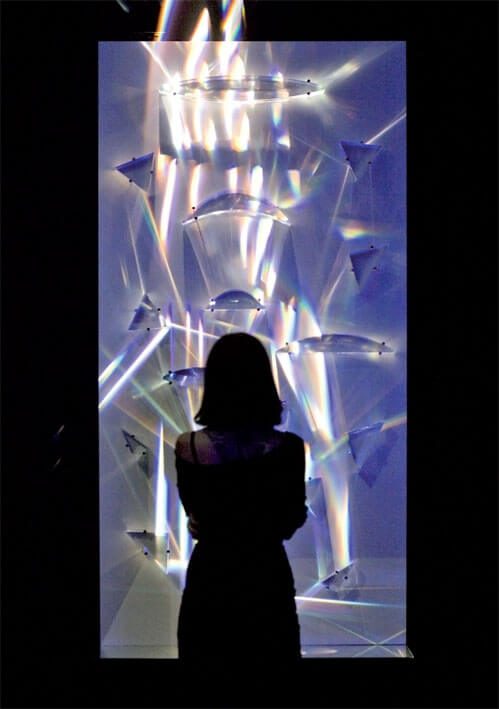



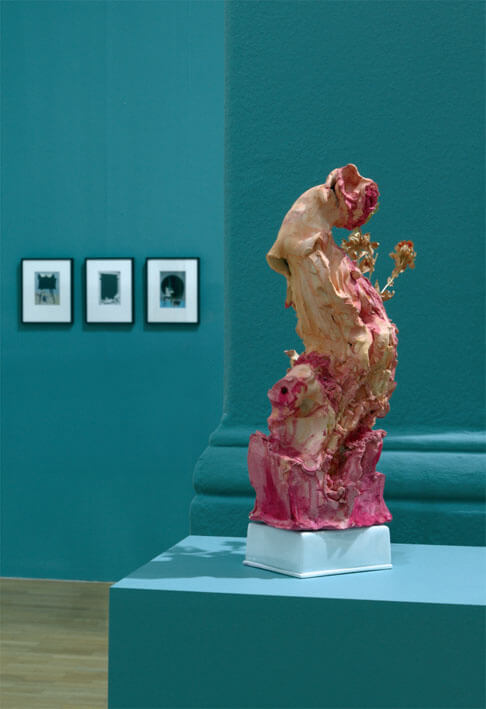








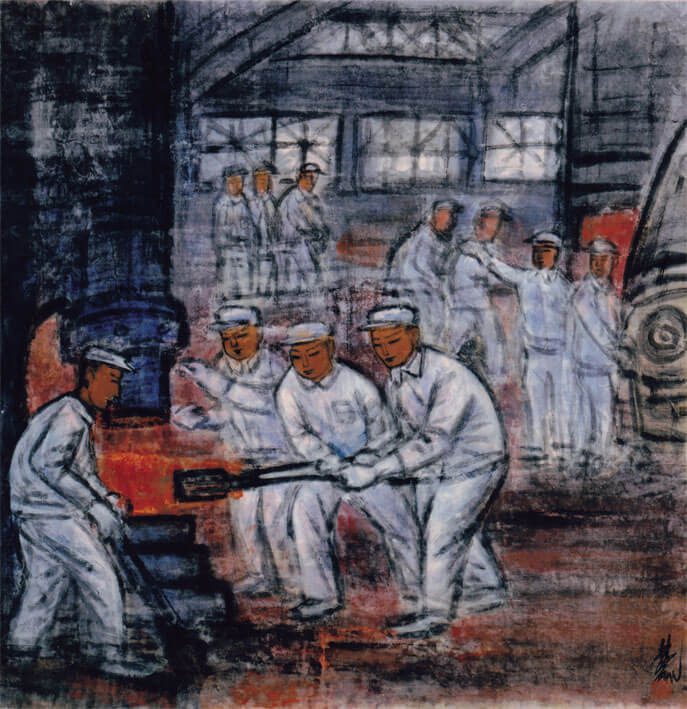






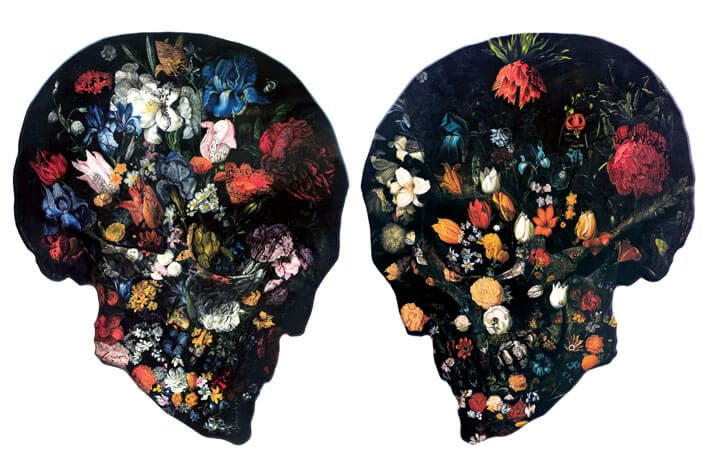







Recent Comments